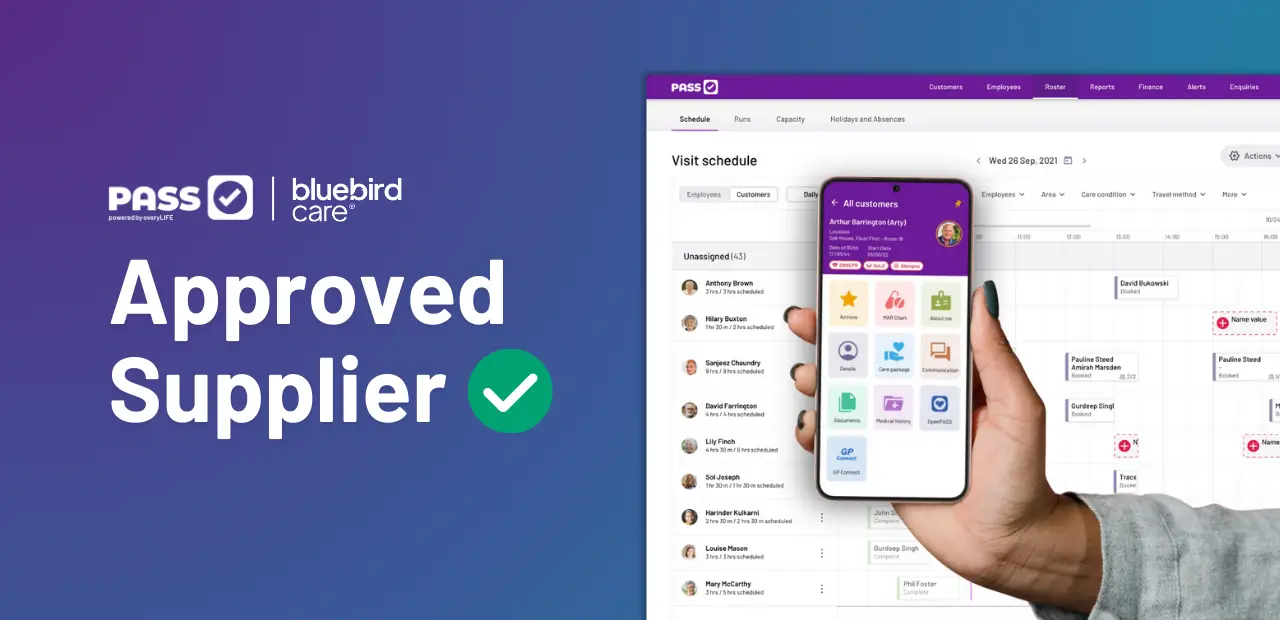The top 10 care home providers, which average around 100 homes and around 10,000 beds each, often face challenges and obstacles that prevent them from adopting new technologies as fast as other organisations. So, it comes as no surprise that digital care implementation has fallen behind.
The logistical challenges, along with adopting a new digital care planning system and training thousands of workers in the use of new technology, is a daunting one and has been enough to deter the largest care home providers from taking the digital leap. It’s been the more adaptable, small and medium sized businesses that have been the pioneers of innovation. Slowly, however, senior leaders amongst the industry’s heavyweights have accepted that the benefits of adopting digital care clearly outweigh the risks.
Recent months have seen a major shift in the established status quo with top 10 providers, Runwood Homes and Orchard Care Homes, with a combined 150 homes and almost 10,000 beds, introducing digital care planning systems. Bupa, meanwhile, has announced that it plans to begin digital care planning trials at its care homes next year.
With the care home sector facing a recruitment crisis with vacancies currently standing at around 110,000, or 8% of the workforce, and the industry facing growing demand due to the ageing demographic, technologies such as digital care planning systems can play a vital role in easing strains on overstretched carers and nurses by increasing efficiency and lightening the workload.
Digital care planning systems have a further vital role to play in providing a precious source of accurate and multi-level data which can be interrogated to provide preventative care by flagging up danger signs such as low fluid levels which can help avert dehydration and the risk of falls. Fluid monitoring with digital care planning systems has been proved to reduce falls by 33% in care home trials. Digital care planning can also help increase efficiency by helping target resources to where they are most needed – it’s a no brainer that the industry’s big boys are beginning to sign up for.
While it may have taken a long time, it looks like the era of a paperless, digital care for the social care sector has begun to dawn.
By Andrew Mason




